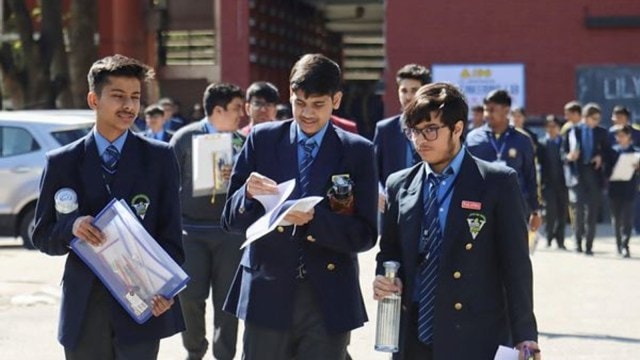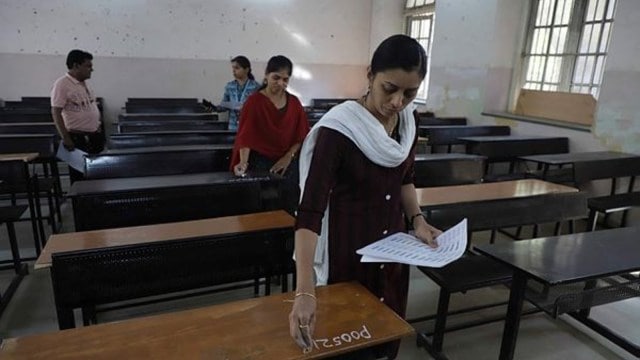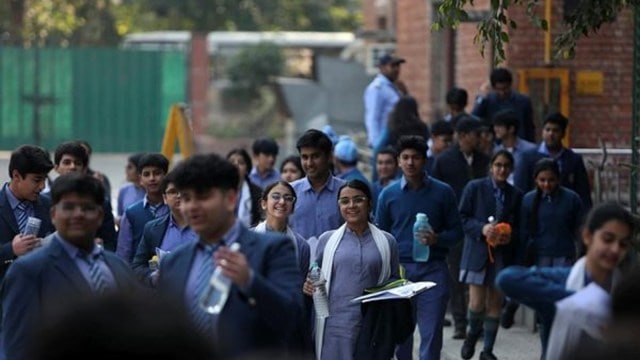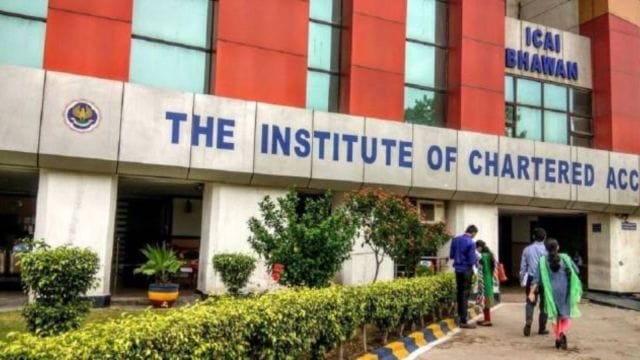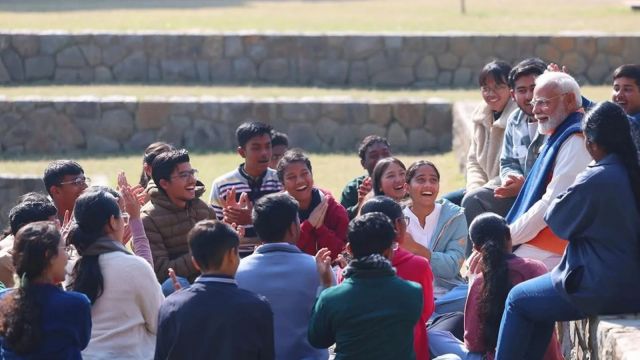
Is Jharkhand’s tribal population ‘shrinking’, as BJP claims? Yes, since before Independence, out-migration major factor
Looking to regain ground among tribals, the BJP has made alleged cross-border infiltration in the Santhal Pargana region one of its key poll planks, inspired by how well immigration politics played as an issue for it among voters in states such as Assam and West Bengal in the past.
At the heart of the party’s claim is the “changing” demographics in the tribal regions of Jharkhand, citing the “decline” of the Adivasi population, particularly in Santhal Pargana that borders Bengal and Bihar.
Government data and independent research show that the state’s tribal population has been shrinking since before Independence, but with out-migration playing a role in the changing composition of the population. The tribal vote is significant in the Assembly polls, with 28 seats reserved for Scheduled Tribes (STs) in the 81-member Assembly, and with a total of 39 seats where STs account for at least a quarter of the population.
While Jharkhand was formed as a state only in 2000, carved out of Bihar, a 2001 paper published in the Economic and Political Weekly (EPW) journal by Ranchi-based researcher Alexius Ekka reported that Census records going as far back as 1881 during British rule show that tribals never comprised a majority in the region. Pre-Independence Census data, from 1881 to 1941, for what was then the Chhotanagpur region in southern Bihar show that the tribal population peaked at 38.42% of the total population in 1911 and was at its lowest in 1941 at 30.89%.
By 1951, when the first Census in independent India was conducted with updated criteria for classifying tribal and non-tribal groups, STs were 35.38% of the region’s population, calculated from the Bihar districts that now fall in Jharkhand, as per a 2004 study published in the EPW by Arup Maharatna and Rasika Chitke.
In the 1991 Census, the last one before the state was created, the region’s tribal population stood at 27.66%, having grown at an annual rate of 1.42% over the previous four decades. In the same 40-year period, the Scheduled Caste (SC) population, for instance, grew at an annual rate of 2.89%, from 8.41% of the total population in 1951 to 11.85% in 1991.
Jharkhand’s tribal population was recorded at 26.3% in 2001 and 26.21% in 2011, the latest available Census year according to which the all-India proportion of ST stands at 8.61%.
Even before Independence, the reasons identified behind the region’s declining tribal population included low birth and high death rates, in-migration of non-tribals combined with out-migration of tribals, and the adverse impacts of urbanisation and industrialisation on tribals dependent on natural resources for their livelihoods.
According to the 2001 Census, 14.72 lakh residents of Jharkhand, including tribals and non-tribals, migrated away from the state, accounting for 5.46% of the state’s population. But 1.8 lakh, or 6.67% of Jharkhand’s population, comprised migrants from other states, likely drawn to its significant mining industry.
By 2011, the number of out-migrants from Jharkhand rose to 17.61 lakh, or about 5.34% of the state population, with 22.65 lakh in-migrants from other states accounting for 6.87% of the population.
The 2011 Census showed the all-India average figure for interstate migrants — those migrating to a new state rather than within their state of origin — was 12.06%. In Jharkhand, 18.66% of those migrating away from their homes chose to leave the state altogether rather than move within it. In comparison, the neighbouring states of Odisha and Chhattisgarh had much lower rates of interstate migration at 8.07% and 8.41%, respectively.
The most popular out-of-state destinations for migrants from Jharkhand are West Bengal (4.59 lakh as per the 2011 Census), followed by Bihar (4.34 lakh), Odisha (1.67 lakh), Chhattisgarh (1.11 lakh), Uttar Pradesh (1.1 lakh), Maharashtra (1 lakh), and Delhi (69,196).
For men, the most common reason for migrating from Jharkhand is better employment opportunities elsewhere, cited by 51.1% of male out-migrants, as reported in a 2023 study by IIM-Raipur researcher Pinak Sarkar in the Journal of Migration Affairs. Among women, 70.1% of out-migrants cited marriage as the reason for moving.
The scale of migration is perhaps unsurprising considering the income levels in Jharkhand, particularly among tribals. In 2023-24, Jharkhand’s annual per capita income of Rs 65,062 trailed far behind the India average of Rs 1.07 lakh. The Socio Economic and Caste Census of 2011 found that just 6.08% of Jharkhand’s tribal households drew incomes from salaried jobs while about 80% of them earned less than Rs 5,000 a month.
In 2022-23, while India’s average urban and rural unemployment rates stood at 54 per 1,000 people and 24 per 1,000 people, respectively, the same figures for Jharkhand were 63 and 9, as per data compiled by the Reserve Bank of India.
The 2022-23 Household Consumption Expenditure Survey, published by the Ministry of Statistics and Programme Implementation, found that the monthly per capita consumption expenditure (MPCE), which includes all food and non-food spending, was significantly lower for Jharkhand than India overall, an indication of lower spending capacities. While Jharkhand’s rural and urban MPCEs were Rs 2,763 and Rs 4,931 respectively, the all-India averages were Rs 3,773 and Rs 6,459.
The MPCE for tribals in Jharkhand is even lower than the state average – Rs 2,218 for rural and Rs 3,767 for urban – and lower than other marginalised communities including SCs and OBCs.

 Posts
Posts Sign up as a Teacher
Sign up as a Teacher
